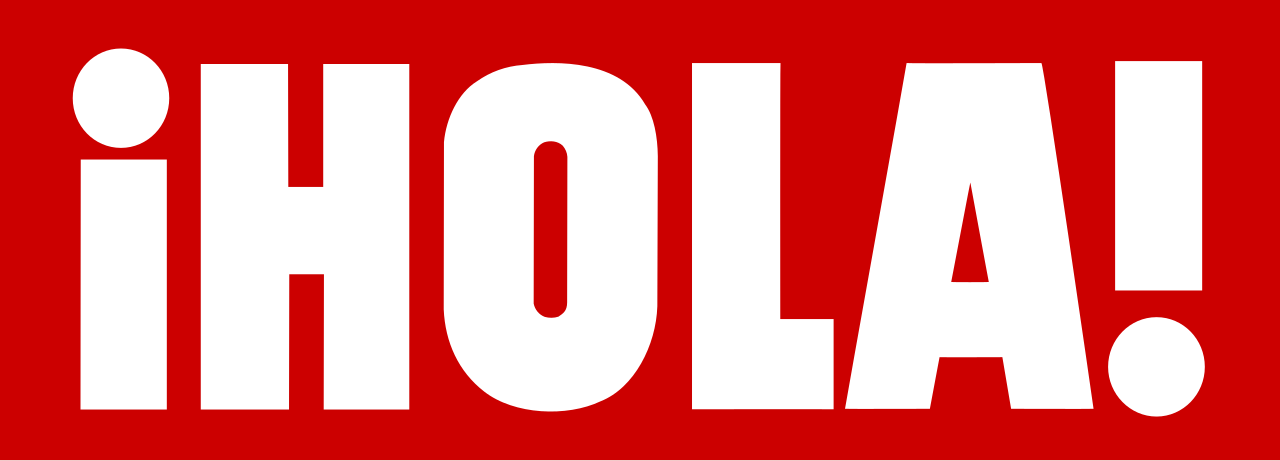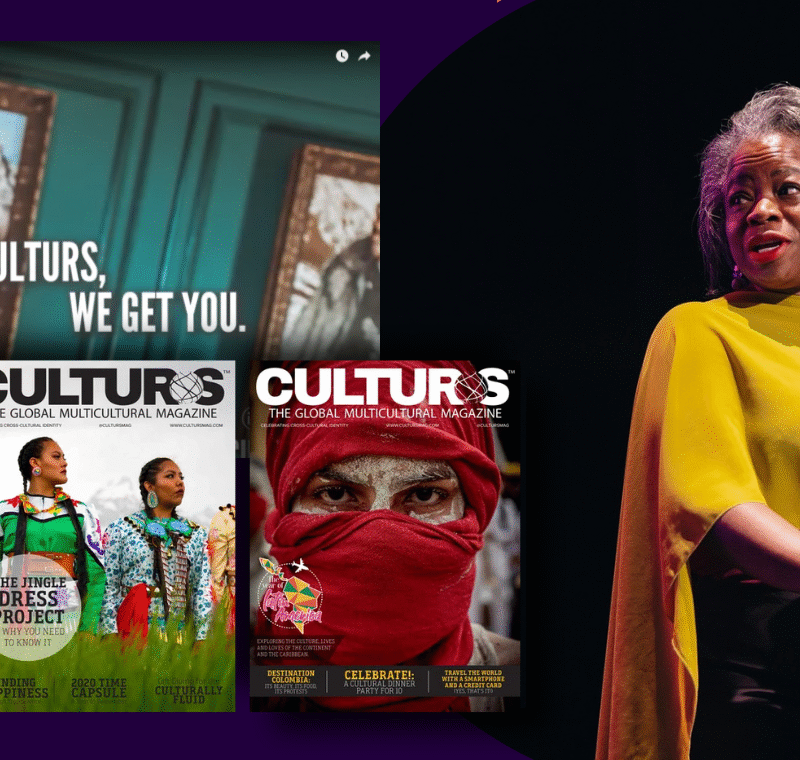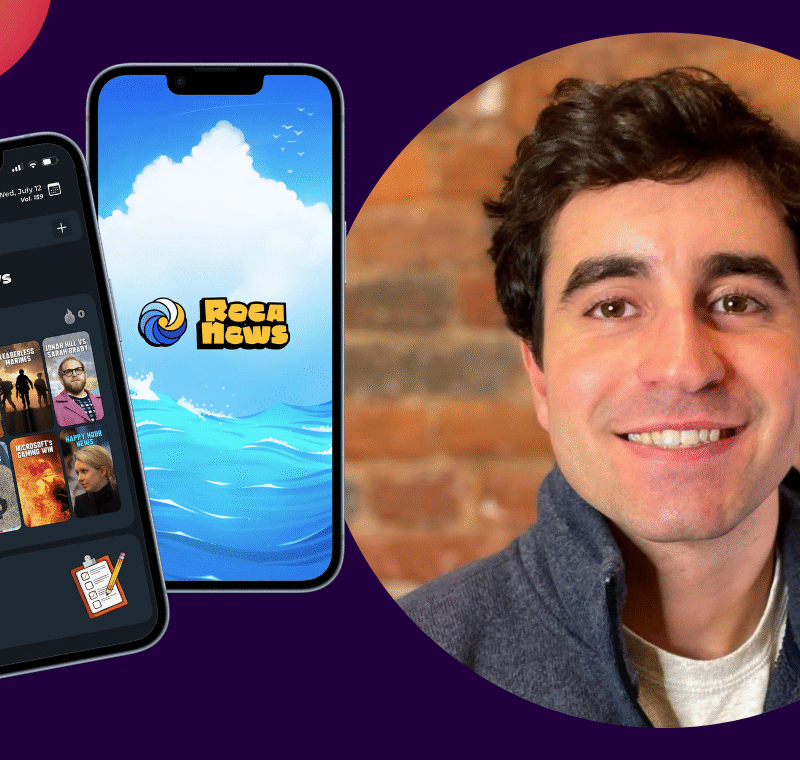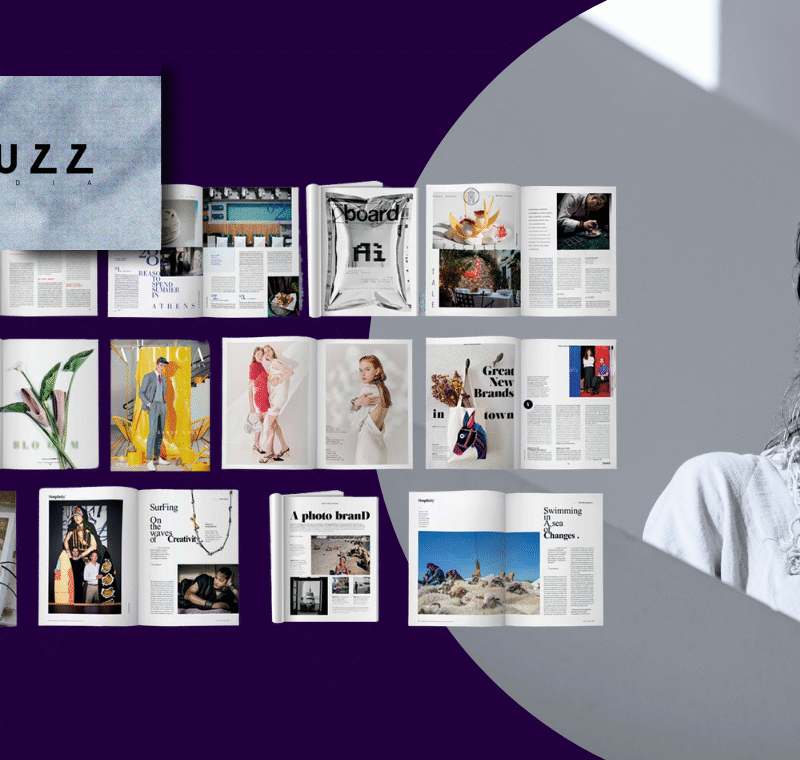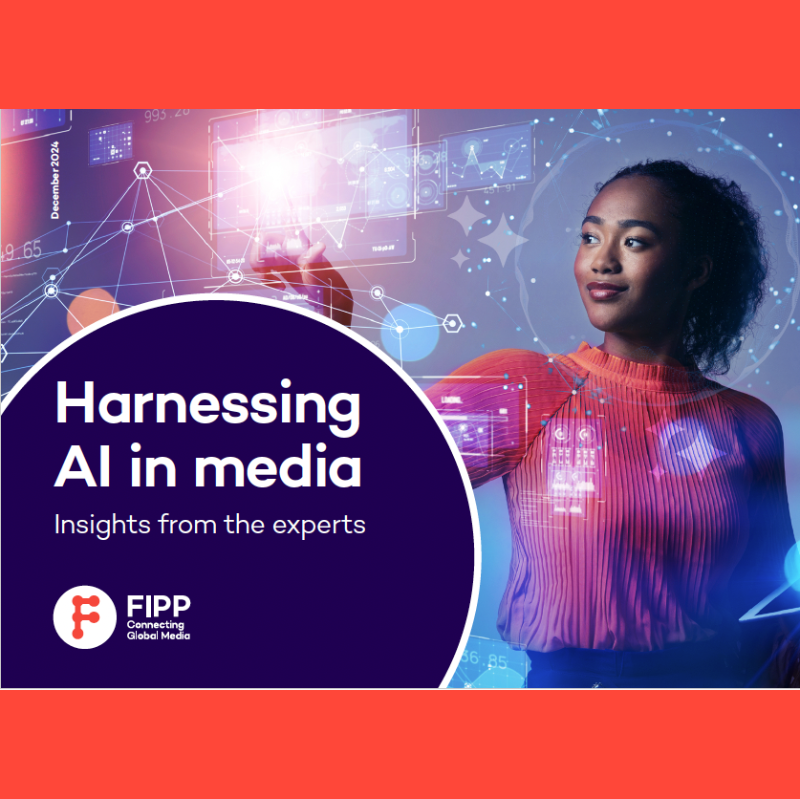Rishad Patel on the creator-driven future of media
At the FIPP World Media Congress, Rishad Patel, Co-founder of Splice Media, will share why the future of journalism and media lies not in producing more content, but in solving real user problems.
“At Splice, we’ve always been intrigued – and concerned – about the fact that so much of the media industry is built around supply (of content) rather than demand (of users and audiences),” says Rishad Patel.
That imbalance, Rishad says, is exactly what the rise of the creator economy has upended.
“The creator economy is built largely around user need and demand, and entire creator niches are built around serving that need. The rise of the creator economy means that anybody in the business of media, including journalists, are now also creators, and the playing field has leveled with other content creators like TikTokers and YouTubers.”

For Rishad, this new reality means media entrepreneurship has been redefined. “It now involves identifying users and audiences, research, corroboration, collaboration, production, distribution, amplification, tracking, testing, iterating, and repurposing content across various formats, without requiring traditional gatekeeper permissions.”
The shift, he says, “emphasises the need for all journalists to build that entrepreneurial user-centric mindset, and to evolve from the article, that traditional atom of journalism. Also, a landscape mediated through – and by – AI signals expansive, on-demand, multi-format and liquid content, profoundly serving the needs of an audience of one – at scale.”
Niche is not small – it’s specific
Rishad’s global career across continents and disciplines has shaped how he sees media viability today. “These experiences have only reinforced that building viable, niche media hinges on a relentless focus on user-centricity. It’s about obsessing over specific user problems and building solutions that address them, rather than simply creating content and hoping it will score random metrics in the roulette wheel of the algorithm.”
He believes one of the most important mindset shifts for publishers is understanding that “niche means specific, not small, and can be infinitely automatable and perhaps scalable with AI.”
From institutions to individuals
Rishad sees today’s media environment as one where “individual information purveyors like creators and journalists are building their own followings – the so-called Substack phenomenon – and they’re gaining stability and confidence in their intellectual and monetary worth.”
The key, he stresses, is viability. “A question we find ourselves asking the people we work with on an average of about once a day is: ‘What problem are you solving? And for whom?’”
This reorientation toward solving people’s “real-life knotty problems” – from rent and health to education, climate, and childcare – is, he says, where media can regain relevance. “To reduce our audiences and users to one monolithic generic capital-A Audience seems like a massive pity – and a lost opportunity.”
“The future of media has been around for a while,” he adds. “It isn’t content-centred, supply-driven, or ad-based. It’s user-centered, demand-driven, interest-based.”
For traditional publishers, that spells an existential moment. “Many are stuck where we started decades ago, with no clue about – or interest in – user needs, habits, or expectations, no new distribution strategies, and no new ways to make money,” Rishad says.
“To survive, they must take responsibility for the information ecosystem, boldly and creatively engage in product development, and collaborate to disseminate content widely, rather than solely focusing on their own platforms.”
Formats don’t matter – problems do
Rishad believes legacy media can learn a great deal from creators, such as “User-centricity and niche focus. Understanding that your audience is only one kind of user. Product-market fit. Diverse revenue streams. Direct audience engagement.”
But he cautions against importing the wrong lessons. “Platform dependency, monetisation disparities, ‘founderitis,’ over-reliance on traffic analytics, not understanding that failing fast means failing cheap, and the toxic idea of ‘should-ness’ – none of these lead to viable business models.”
For Rishad, newsletters, podcasts, or events aren’t the heart of the story – users are. “Creators who last don’t necessarily win because they picked the right model or format. They build staying power because they obsess over solving real user problems and keep testing until they find what works. The format is irrelevant. What matters is whether you’ve earned the trust of those 100 true believers.”
AI has only accelerated this shift. “Every piece of content can be liquid, able to flow into whatever format your users prefer. A single story could be a 3-minute video, a WhatsApp message, a webpage, a course, a workshop, or a podcast segment. The exciting question is: what’s the next smallest experiment you can run to make your core believers’ and users’ lives better?”
Launching today: start with the user
If he were launching a media product as a solo creator today, Rishad says he would avoid one mistake above all: “I would avoid spending time, money, and effort building something I was passionate about without testing it. If you’re building a viable media product, it isn’t about you; it’s about the user. There’s nothing wrong with making it about you, but if that’s what you’re building, it’s called a hobby.”
Instead, he would “begin by shopping for problems – user problems,” researching deeply, prototyping quickly, and testing directly with the people he wants to serve. “Congratulations – you’ve just launched a media product that people actually want,” he says.
As he prepares for the FIPP World Media Congress, Rishad wants attendees to walk away with a simple but profound message: “Finding and serving user needs is the singular, paramount driver for media viability.”
“We are at peak content. Your competitor isn’t the other media company – it’s every app on your phone,” he says. “Like any viable business, you need to solve a specific problem for someone. If you’re not useful, you’re not creating value. If you’re not creating value for your user, you’re not going to be financially viable.”
The FIPP World Media Congress takes place in Madrid, Spain, from 21-23 October 2025.
This event will bring together media professionals from across the globe for three days of insightful discussions, keynote presentations, workshops, and unparalleled networking opportunities. Whether you’re a seasoned industry leader or a rising innovator, the FIPP Congress promises to be an unforgettable gathering that will shape the future of media.
See the agenda here and the list of speakers here.
Book your place with the Summer Special Rate, ending 31st August.
SPONSORS

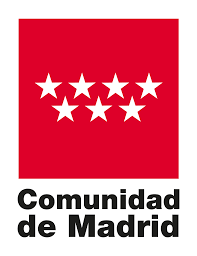
FIPP CENTENARY PARTNERS
 |
| UPM Communication Papers FIPP Strategic Partner 2025 |
SILVER PARTNERS
EVENT ORGANISED IN PARTNERSHIP WITH
MEDIA PARTNER











